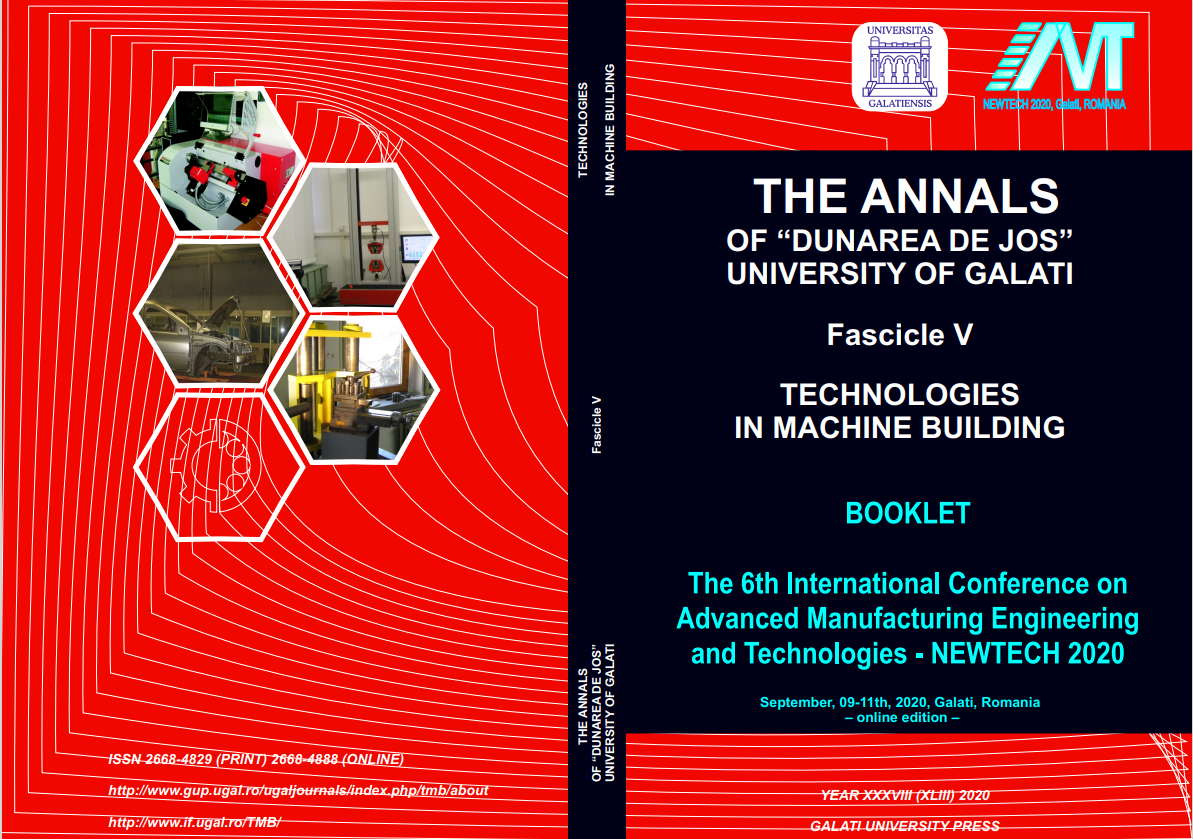Condition Monitoring of Rolling Element Bearings: Benchmarking of Data-Driven Methods
Abstract
Condition-based maintenance (CBM) is a maintenance strategy used to gain updated information about equipment condition and are today considered a natural part of the engineering filed. The replacement of the traditional scheduled maintenance strategy in favour of CBM has the potential to significantly improve the safety of the system operating in harsh environments of the operation and increase in productivity by prolonging the life of an asset and prevent costly breakdowns. For many years CBM remained the subject of vigorous research and discussions. Increasing the level of automation and the number of sensors in industries allowed obtaining and collecting data in large amounts. The current level of computational power allows us to process and analyse this large amount of data, which has given a new leap in the development of industrial analytics. Rather than in the case of classical physics-based modelling tools, data-driven methods propose modelling and forecasting frameworks based on data analysis. Consequently, the transition to the data-driven modelling gave a leap in CBM research and has recently drawn increasing attention, providing new case studies, algorithms and results. However, technical challenges remain. Despite great flexibility and good forecasting performances there are several limitations of data-driven algorithms. This paper provides an extensive overview of the most widely used data-driven failure algorithms for rolling element bearing monitoring. Bearings have played a pivotal role for industrial machinery to operate with high efficiency and safety and they are considered to be one of the most common machine elements of precision rotating machinery e.g. actuators robot grasping, jet engines, gas and wind turbines and machine tool spindle units. An extensive benchmarking of various predictive and descriptive algorithms was performed. The analysis was carried out on a dataset from the run-to-failure experiments on bearings from NASA´s Data Repository. This paper also summarizes the current trends and highlights the limitations with respect to traditional physics-based modelling. Special attention is paid in identifying research gaps and promising research directions.


